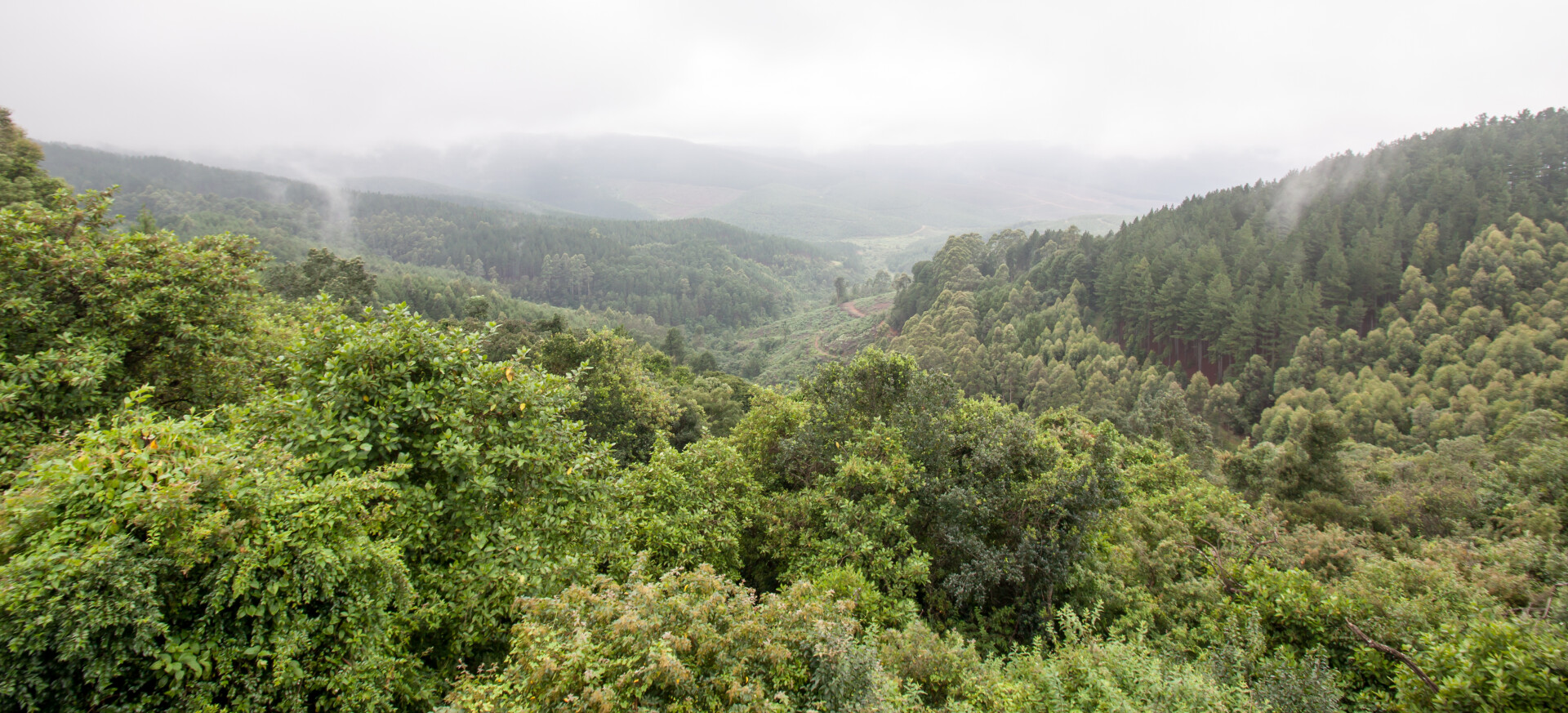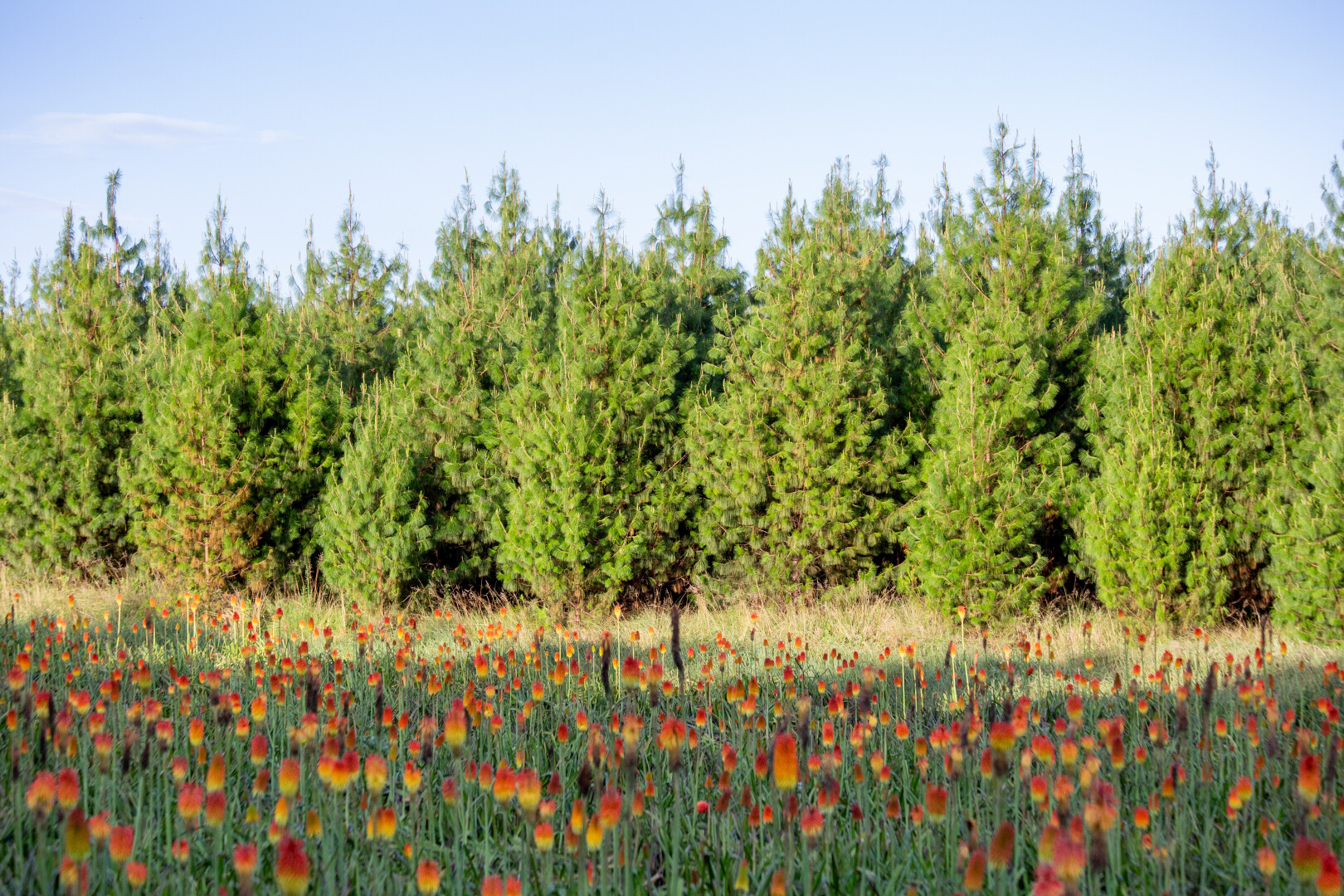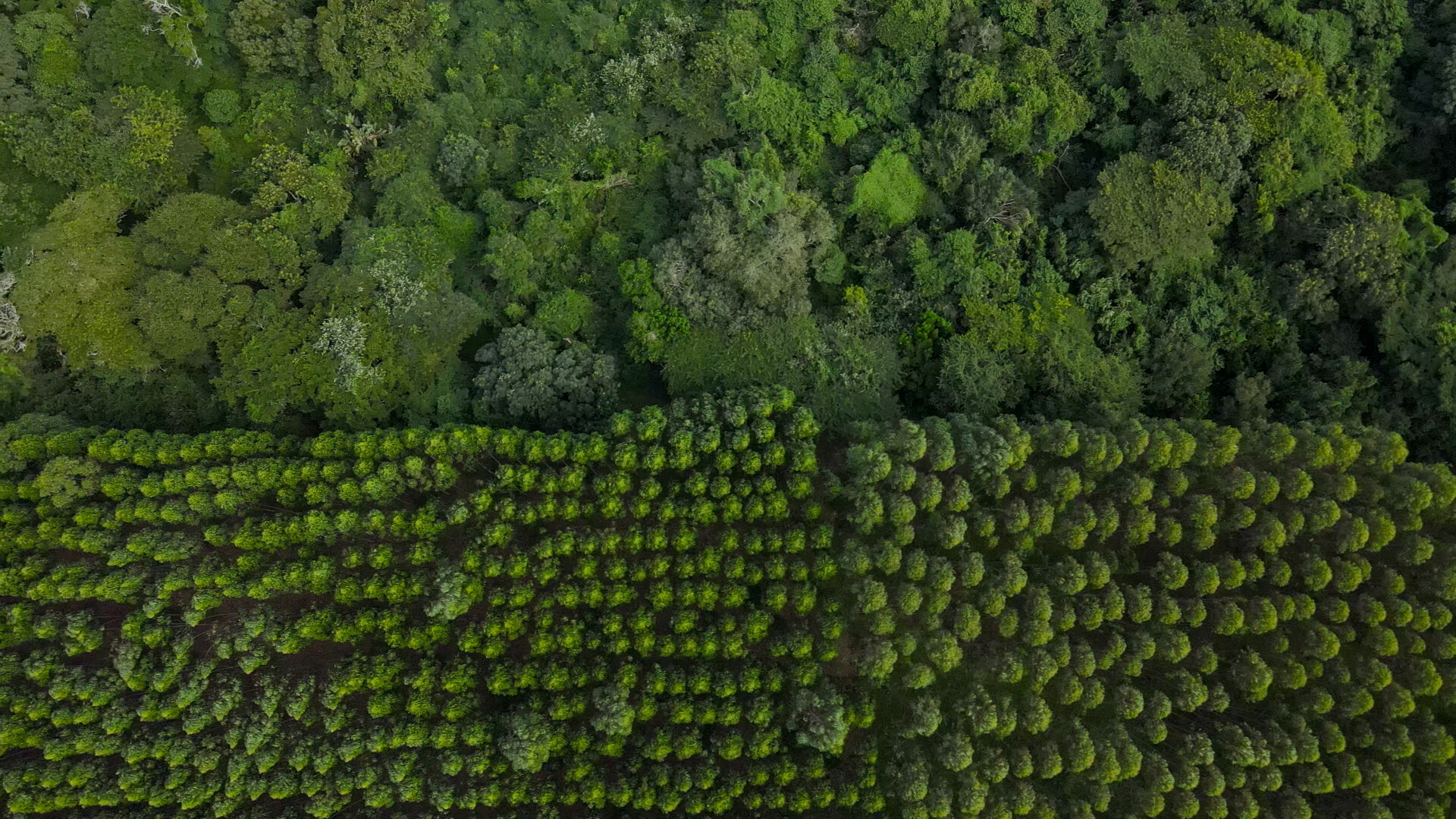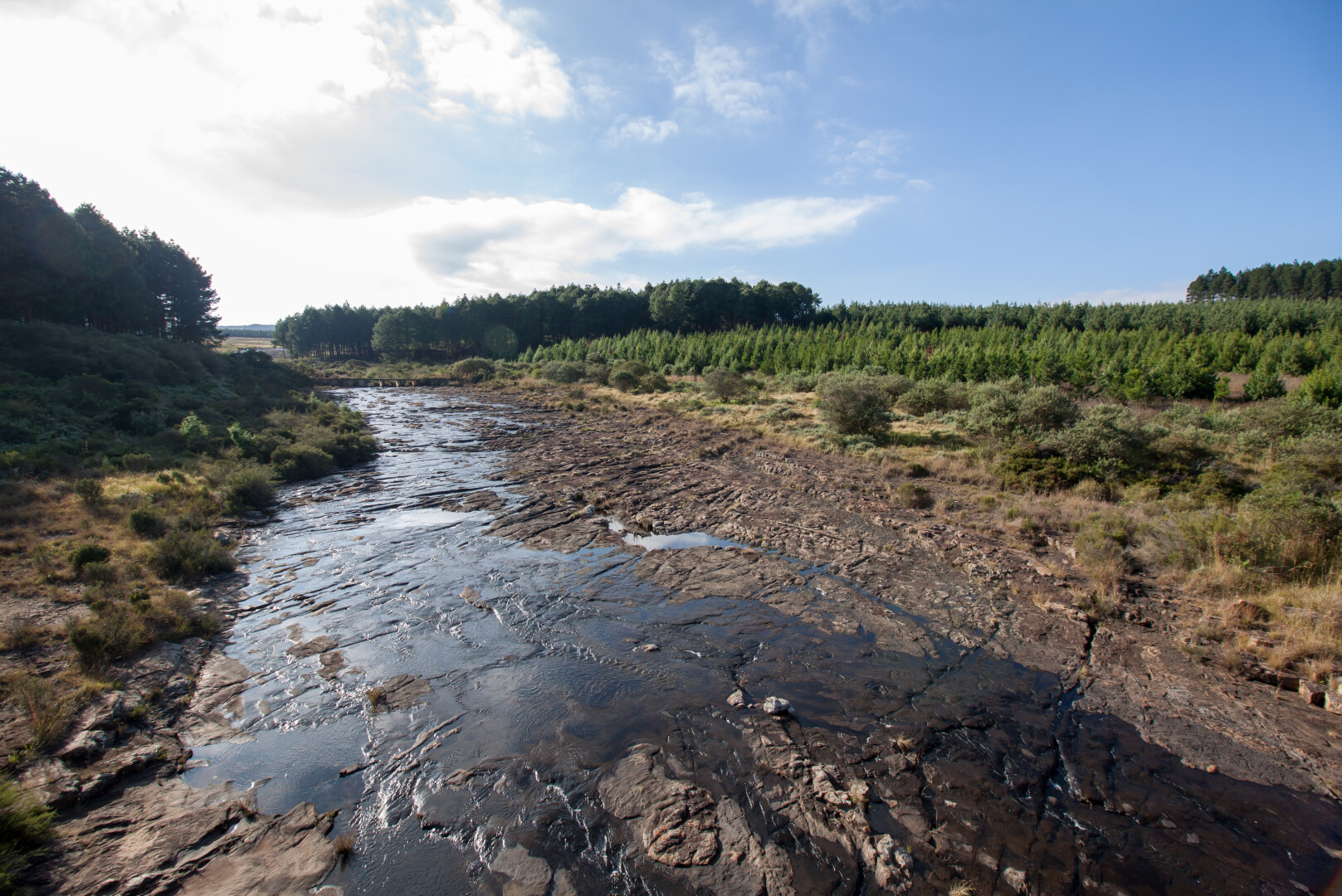ENVIRONMENTAL NEWS - As Arbour Month unfolds during September, Forestry South Africa (FSA) highlights the vital role of planted forests in protecting the country’s indigenous tree species and the importance of collaboration beyond the boundaries of commercial forestry areas.
South Africa has around 1.2 million hectares (ha) of commercial timber plantations across Limpopo, Mpumalanga, KwaZulu-Natal, the Eastern Cape and Western Cape.
Prior to the establishment of commercial plantations more than a century ago, wood for fuel and building was sourced from indigenous forests, pushing them to the brink of collapse.
By offering a renewable alternative for the country’s timber needs, commercial plantations ensured that the remaining indigenous forests were safeguarded from harvesting.
Over the past 100 years, the forestry sector has not only supplied sustainably sourced timber but also actively conserved more than 300 000 ha of natural ecosystems within its landholdings.
This includes 61 000 ha of indigenous forests and more than 240 000 ha of grasslands, wetlands, fynbos and riverine ecosystems. These areas, and the species they support, are carefully managed, monitored and maintained by forestry sector companies.
“Few people appreciate the patchwork nature of the forestry landscape and the significance of the ecological corridors it creates, even though forestry companies have been conserving such habitats within their landholdings for decades. Much of this has been out of sight to the public,” says Dr Ronald Heath, FSA’s Director of Research and Protection.
“These natural networks provide refuge and migratory routes for various species, supporting biodiversity across the forestry landscape.”

Tiny frog, long toes and a big message for biodiversity
The conservation of the endangered Long-toed Tree Frog (Leptopelis xenodactylus) at Sappi’s Pinewoods plantation in KwaZulu-Natal is a prime example of forestry conservation efforts.
Its presence – thanks to the frog’s unusually long toes that allow it to perch on grass stems – is a biodiversity indicator that the wetlands and grasslands within forestry landscapes remain healthy and rich in biodiversity. This highlights the conservation value of responsibly managed working landscapes.
Collaboration beyond forestry fences
The sector’s approach combines environmental stewardship on its own landholdings, collaboration with researchers and conservation groups, and direct investment in conservation initiatives. Yet, as Heath stresses, limiting these efforts to the forestry areas will not create the tangible and sustained change needed to slow down the global biodiversity crisis.
“We can no longer rely on designated conservation areas alone to protect biodiversity - every landowner has a responsibility. We need to look beyond boundaries and come together at a much greater landscape level. This requires buy-in from a multitude of landholders, some of whom maybe sceptical or unaware of the possibilities. As a sector we intend to do more to share these efforts – and their results – if we are to persuade others to balance production and preservation.”
There are various examples of successful projects initiated by forestry companies.
 FSA & Samora Chapman
FSA & Samora Chapman
Sappi Rare, Threatened and Endangered Species Programme
Launched in 2013, the Sappi’s Rare Species Programme tackles the overharvesting of indigenous vegetation for use in traditional medicine. Initially focussing on the Pepper Bark tree (Warburgia salutaris) in Kruger National Park, where trees are guarded by armed personnel, the programme has since expanded to multiple species includes seven tree species and four bulb species, including African Cherry (Prunus africana), Black Stinkwood (Ocotea bullata), Fever Tree (Vachellia xanthophloea) and Assegai Tree (Curtisia dentata).
Working with Ezemvelo KwaZulu-Natal Wildlife, the South African National Biodiversity Institute (SANBI), Kruger National Park and local communities, the project has grown pepper bark saplings provided by project partners as well as cuttings with the assistance of Sappi Shaw Research and distributed them to traditional healers and communities, along with training on sustainable harvesting practices.
Some 183 000 saplings have been distributed to date with an 85% survival rate.
 Photo: FSA & Samora Chapman
Photo: FSA & Samora Chapman
Addressing water security in KwaZulu-Natal
To strengthen water security and restore vital ecosystems, WWF South Africa’s Water Stewardship Partnership, supported by Sappi, has driven an ambitious programme in the uMkhomazi catchment.
The initiative has already cleared 136 ha of invasive alien plants and improved rangeland management across 2 323 ha, while creating 71 jobs and equipping 82 people with new skills.
By improving both ecological health and community livelihoods, the project is emerging as a blueprint for integrated, landscape-level stewardship.

‘We bring you the latest Garden Route, Hessequa, Karoo news’
















